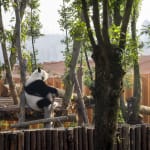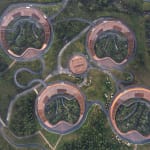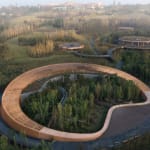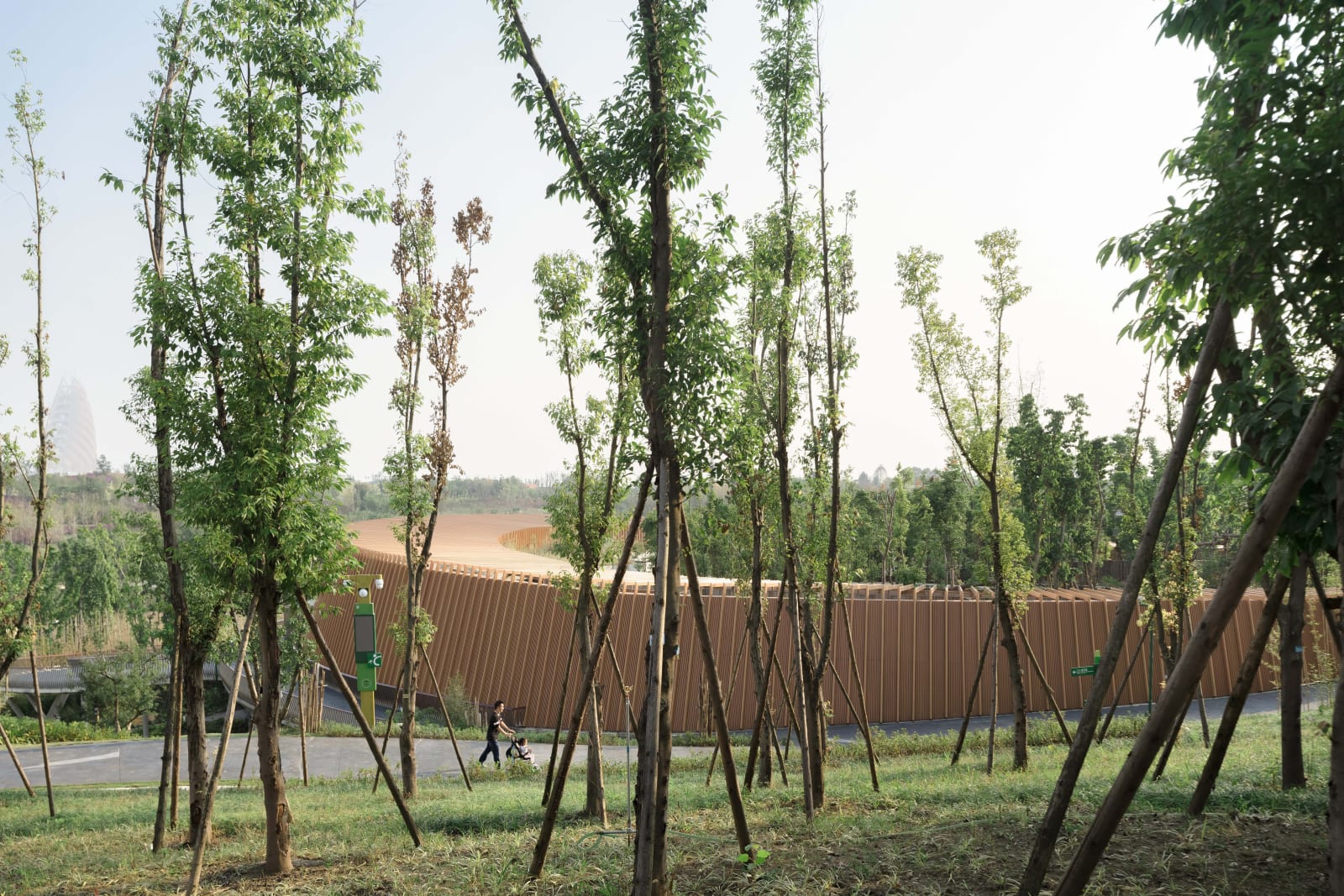-
Artworks










The Panda Pavilions / The Mainland
Atelier Ping Jiang | EID Arch / The MainlandFurther images
-
(View a larger image of thumbnail 1
)

-
(View a larger image of thumbnail 2
)

-
(View a larger image of thumbnail 3
)

-
(View a larger image of thumbnail 4
)

-
(View a larger image of thumbnail 5
)

-
(View a larger image of thumbnail 6
)

-
(View a larger image of thumbnail 7
)

-
(View a larger image of thumbnail 8
)

-
(View a larger image of thumbnail 9
)

-
(View a larger image of thumbnail 10
)

DFA Design for Asia Awards 2024 l Grand Award
ANOTHER REALM
In the lush outskirts of Chengdu, an architectural marvel emerges from the slopes of a national preservation park: a group of four interconnected pavilions devoted to panda conservation and research. Blending into the natural landscape, these circular structures are more than just a home for the beloved giant pandas – they embody a harmonious fusion of architecture, nature, and education.
An Immersive Sanctuary
Drawing inspiration from the bamboo forests and rolling prairies of the Chengdu region, the design of the pavilions mimics the organic flow of the landscape. The ring-shaped buildings are nestled into the park’s woodland, creating terraces that serve as outdoor playgrounds for the pandas. Visitors are treated to an immersive experience, with pathways and viewing galleries allowing for close yet respectful observation of the pandas in their natural habitat.
The pavilion’s layout carefully prioritises both the well-being of the animals and the visitor experience. Each pavilion is divided into three zones – open, semi-open, and fully air-conditioned areas – designed to optimise natural ventilation and reduce energy consumption. In fact, approximately 55% of the pavilions use natural ventilation, promoting eco-friendly sustainability. Vertical fins along the facades evoke the rhythm of bamboo groves, a subtle nod to the pandas' natural environment.
A Balance of Preservation and Education
Inside, the pavilions house not only the pandas' living quarters and activity spaces but also facilities for scientists, researchers and staff. Interactive exhibits and educational areas offer visitors insights into panda conservation efforts, creating an enriching experience that transcends traditional zoo exhibits. These spaces foster a deeper understanding of the delicate balance between human activity and wildlife preservation.
The design’s elegance lies in its ability to connect the architecture with the surrounding topography while advancing biodiversity conservation. It demonstrates how thoughtful design can bridge the gap between human experience and ecological preservation, making it a significant contribution to conservation efforts in Asia.
-
(View a larger image of thumbnail 1
)











